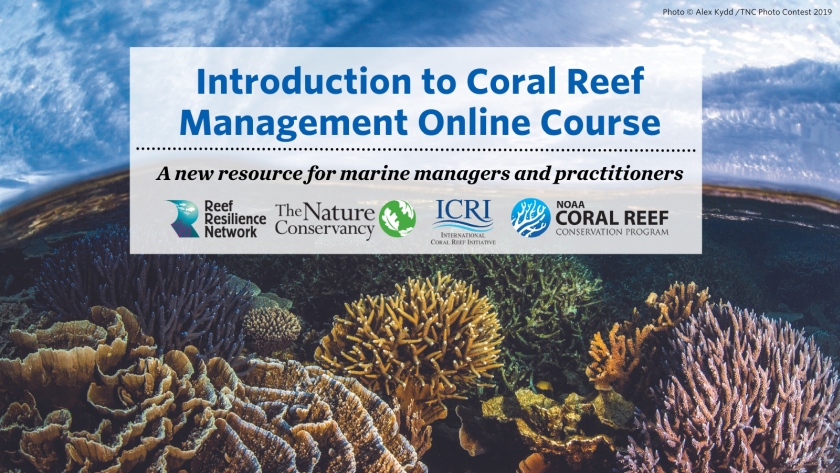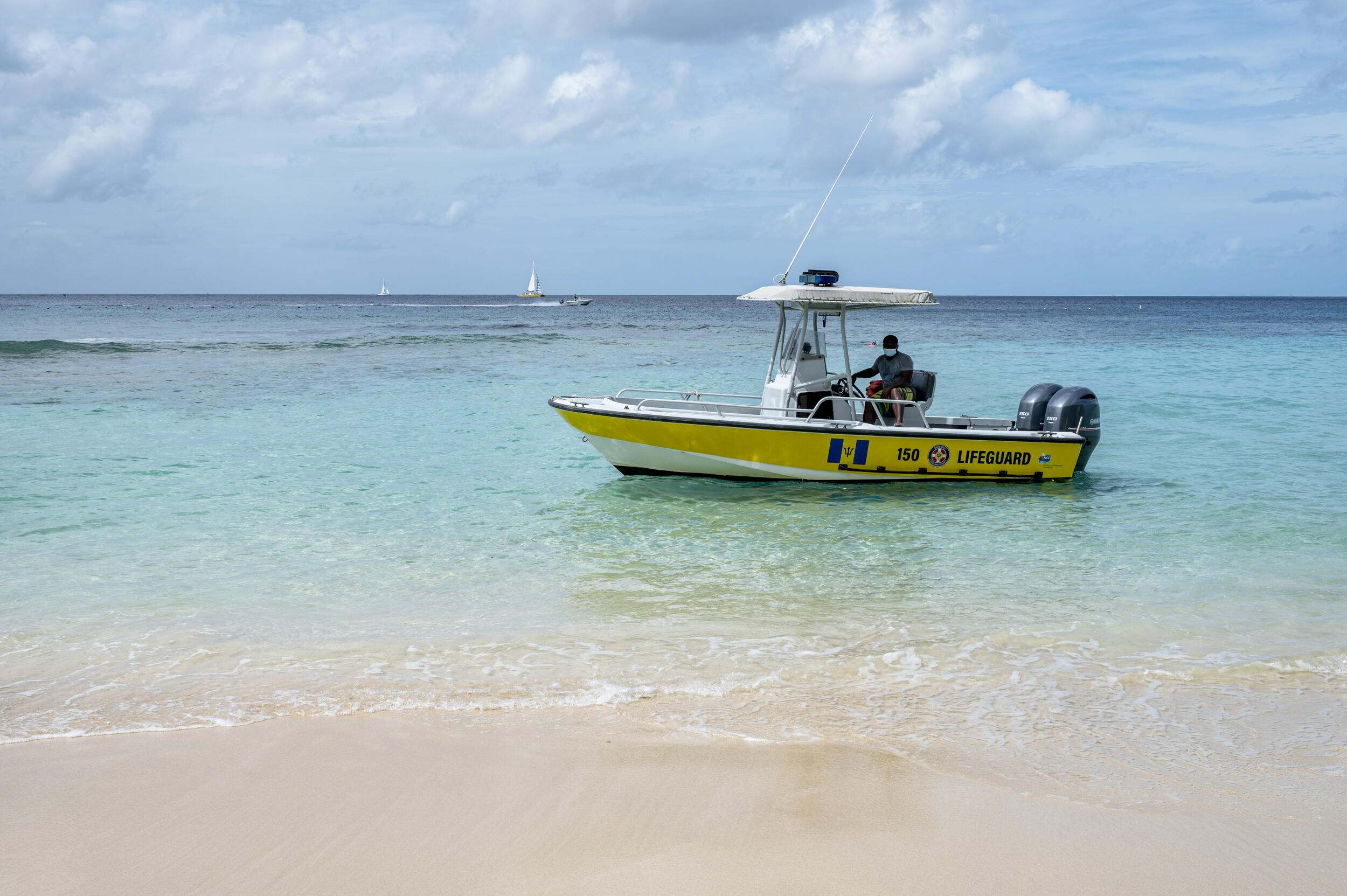Climate change poses challenges for designing and managing marine protected areas (MPAs). The review examined 172 management plans covering 555 MPAs across 52 countries to see how well existing recommendations for creating climate-resilient MPAs are being put into practice. This assessment can serve as a starting point to identify where additional efforts are needed to prepare MPAs for climate change. The study looked at whether the plans:
- Set objectives supporting long-term ecosystem-based management.
- Assessed vulnerabilities or threats.
- Used resilient or dynamic spatial design strategies for MPA size and placement.
- Included thorough monitoring programs.
- Planned to update goals and actions through adaptive management.
For each of these core components, they also gauged the extent to which the plan specifically addressed climate change: whether it was simply acknowledged (general awareness), included general actions recommended for increasing resilience (recommended action), or included explicit actions to address climate change (climate action).
The study revealed that MPA management plans include numerous scientific and management principles that foster resilience to climate change. However, there is significant variation in how explicitly climate change is incorporated into these plans. Some plans make no mention of climate change, while others feature detailed, climate change-specific action plans. Most plans lie somewhere in between these extremes.
Despite not all plans explicitly mentioning climate change, they routinely integrate general resilience principles that indirectly support climate adaptation and make it possible to manage for change, including long-term objectives, monitoring programs, strategies to reduce local stressors, and plans for adaptive management.
Implications for managers
- In areas lacking general management, prioritize strengthening foundational management strategies before addressing climate change specifically. For areas already adopting common environmental resilience recommendations, integrate climate resilience principles, such as protecting critical habitats and enhancing connectivity, into MPA management plans.
- Set clear conservation and management objectives for the MPA and include climate change in both.
- Evaluate current and future threats, including climate change and local stressors, within the area.
- Include climate change considerations in spatial design strategies, including protecting future habitats, species distributions, and climate refugia.
- Implement adaptive management strategies that include regular monitoring, assessment of current and future threats, and updating management actions based on new information.
- Share knowledge among managers, policymakers, and organizations to exchange useful strategies, decision tools, and case studies for climate adaptation in MPAs.
- Conduct program evaluations and impact assessments to track the effectiveness of climate change-relevant management actions in MPAs.
Authors: Lopazanski, C., B. Foshay, J.L. Couture, D. Wagner, L. Hannah, E. Pidgeon and D. Bradley
Year: 2023
Conservation Letters 16: e12972. doi: 10.1111/conl.12972
This article summary was developed in partnership with the Blue Nature Alliance, a global partnership to catalyze effective large-scale ocean conservation.


